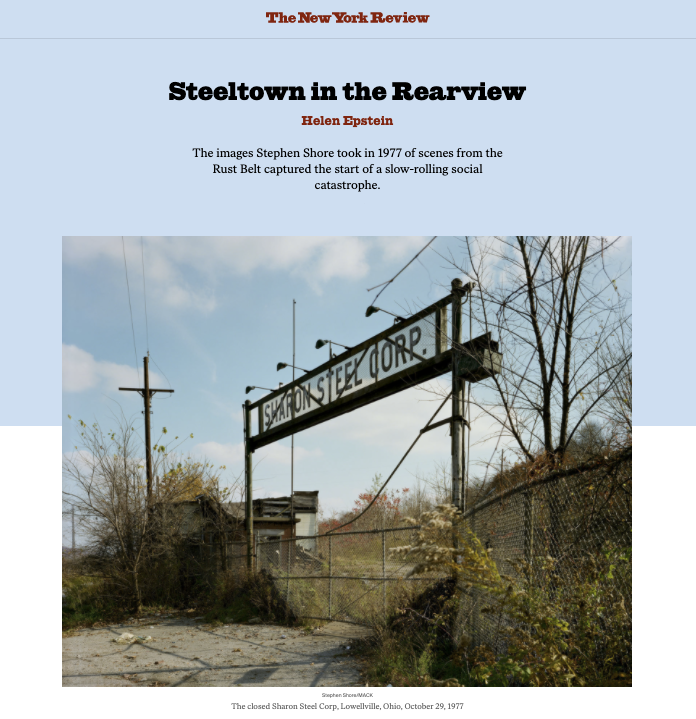Americans born in the two decades following World War II grew up in an atmosphere of prosperity and hope. Between 1945 and 1970, US production of goods and services quadrupled, and much of the country began to take its modern form, with highways, motels and office buildings. By 1971, virtually every American household had a refrigerator, a washing machine, a TV, and a vacuum cleaner; and one in three had more than one car. Sure, there were problems, but wages, especially for manual workers, were rising, some of the worst legal barriers to racial equality were gradually being dismantled, and, at least at first, the futile horrors of Vietnam were not widely known.
But as children born in those years went to work, doors were beginning to close. The trouble started in the factory towns of Ohio, Pennsylvania, and upstate New York, and then spread nationwide. In 1976 and 1977, Bethlehem Steel laid off 3,500 workers in Lackawanna, New York, and 3,500 more in Johnstown, Pennsylvania, tripling the unemployment rate there in just one summer. In tiny Conshohocken, Pennsylvania (population 10,000), Alan Wood Steel laid off about 3,000 people. Millions more good manufacturing jobs would be lost in the coming decades, as factories downsized, moved abroad, or shut down completely. Even if some laid-off workers received severance, they now spent less at local bars, department stores, and other business, which soon closed, too, turning downtowns into ghost towns.
Click HERE to read the full article or visit
www.nybooks.com
